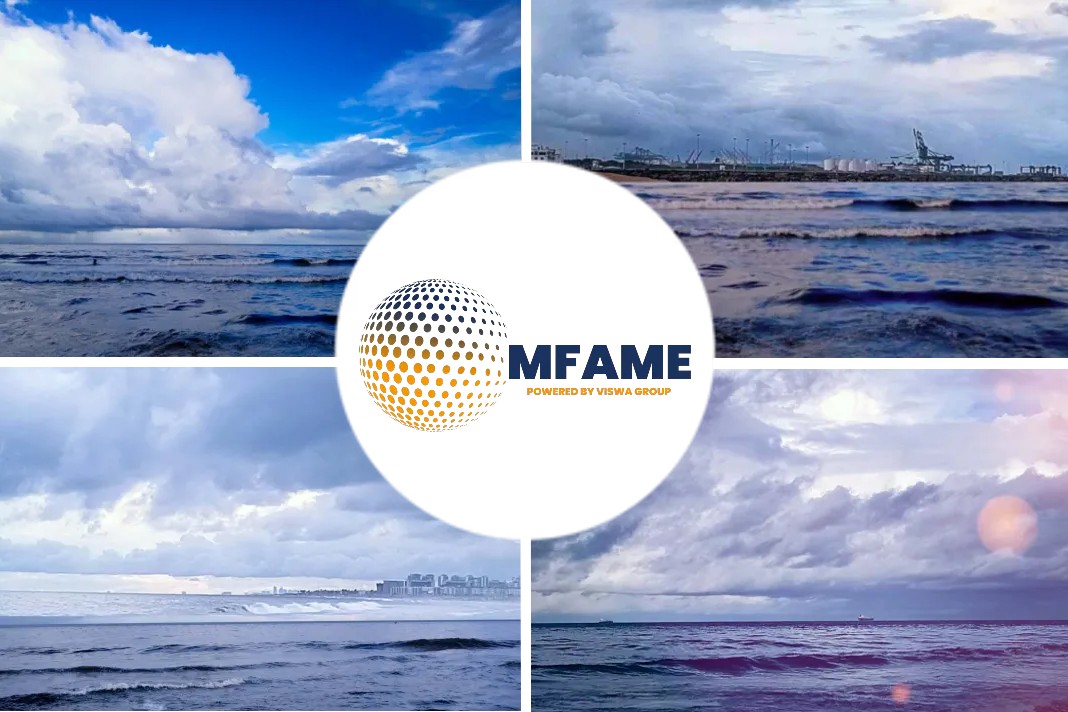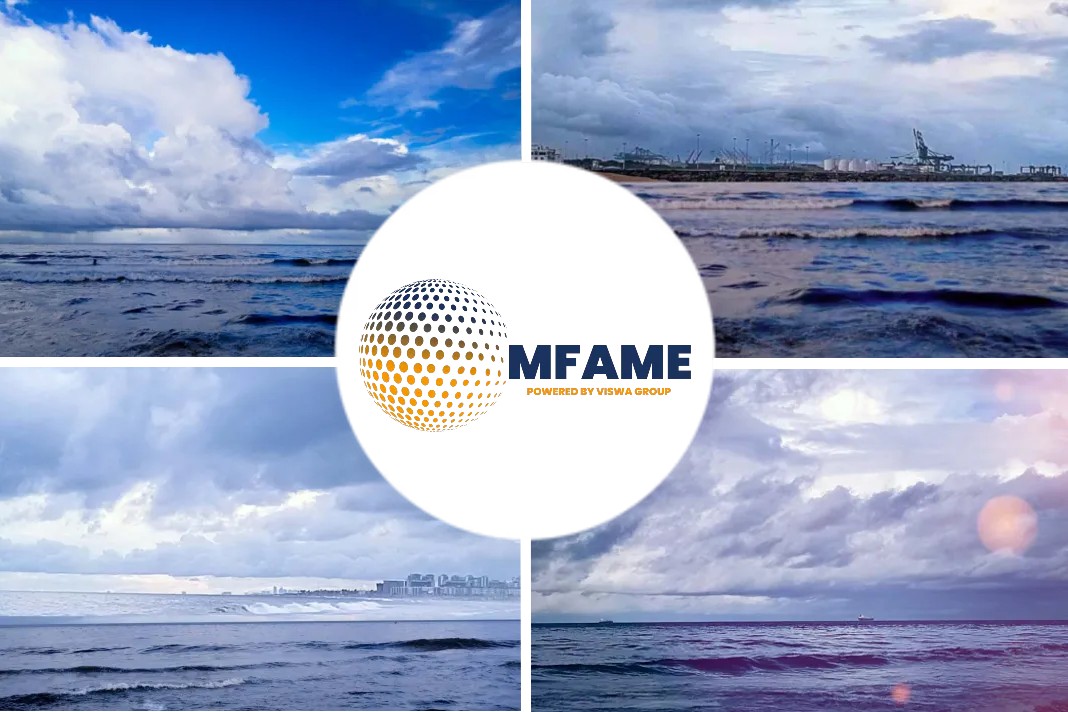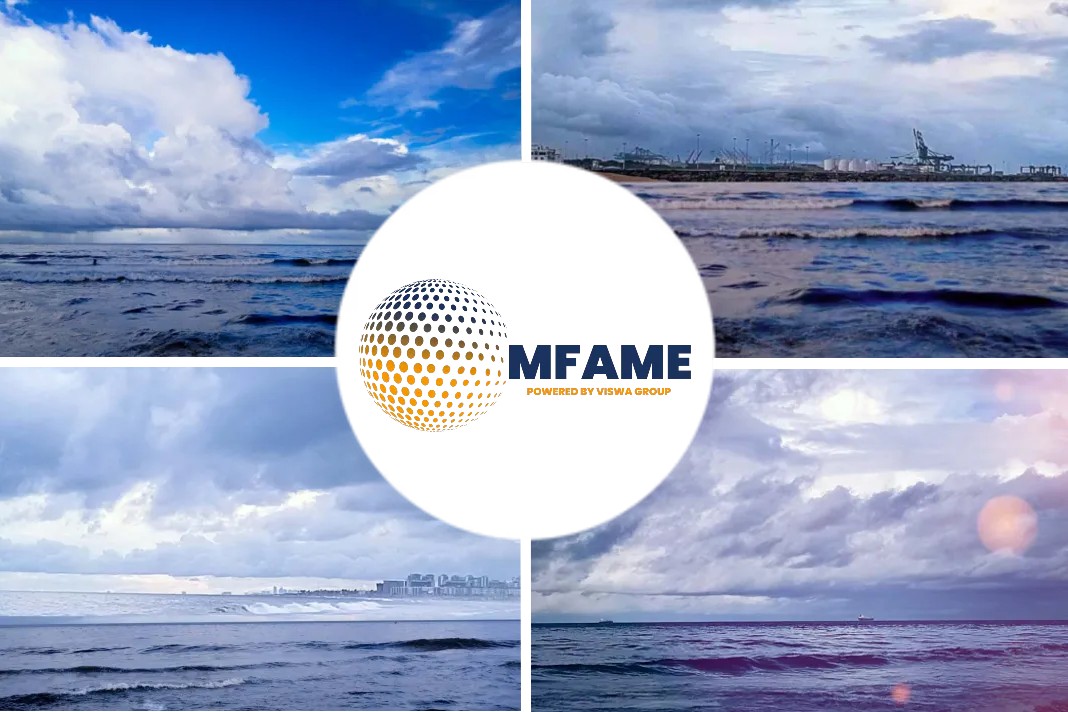 Contract rates as measured by the 23-year-old China (Export) Containerized Freight Index (CCFI) have risen faster than ever recorded putting containerlines on course to register improved profits this year, even over 2020’s stellar performance, reports Splash247.
Contract rates as measured by the 23-year-old China (Export) Containerized Freight Index (CCFI) have risen faster than ever recorded putting containerlines on course to register improved profits this year, even over 2020’s stellar performance, reports Splash247.
Lengthy Contracts
However, latest data seen by Splash shows many shippers are baulking at signing lengthy contracts now, willing to wait till the market cools.
“For the Transpacific, we are not quite at record levels, but it is close. In the other trades we are seeing contract levels which far exceed past records,” analysts at Sea-Intelligence noted in their most recent weekly report.
CTS Data
Sea-Intelligence has also done modelling for Container Trade Statistics (CTS), which includes all trade lanes, not just ex-China ones, and again records are being smashed. Available CTS data dates back to 2009 – with an all time high of 116 points achieved in 2010. Modelling by Sea-Intelligence suggests the CTS has hit 150 points this month.
“The developments in late 2020 and early 2021 can only be described as extreme. For all intents and purposes, the best description is that contract rates measured by the CCFI index are almost twice what they have ever been before. This is an extreme record seen in a 23-year perspective,” Sea-Intelligence stated.
With global supply chains under enormous pressure – and ships arriving late with nearly 40% of cargoes rolled over – shippers want to get contracts nailed down this season but many are wary of today’s extraordinary pricing levels.
Typically contract leads spot box volumes globally by around 60:40. This ratio may change this year.
Rise in contracted containers
Andy Lane, a director at Singapore’s CTI Consultancy, told Splash today: “I think that contracted containers might increase in 2021 as shippers want to secure more capacity.”
The contract news comes at a time where record spot freight rates in recent months have finally plateaued in February.
Writing on LinkedIn two days ago Lars Jensen from SeaIntelligence Consulting suggested that while spot rates have hit their apex, the CCFI contract index has yet to hit a plateau.
Soren Skou, the CEO of A.P. Moller-Maersk, commented last week while unveiling Maersk’s 2020 annual report: “There is no doubt that contract rates are rising,” though at varying degrees depending on the route.
“We have renewed 40% of our contract portfolio and we are seeing sharply rising rates,” Skou said last Wednesday.
‘Wait-and-see approach’
A spokesperson for Korean liner HMM told Splash today: “Although specific figures cannot be disclosed as we are currently in the early stages of contract negotiations, there has indeed been a significant level of increase in the contract rates so far.”
In a note sent to clients today, box booking platform Xeneta said many shippers were now adopting a wait-and-see approach, keen to see rates level off before signing anything.
While conceding that larger shippers have reserved higher-spend expectations with their internal stakeholders, Xeneta predicted that the current supply and demand picture is not going to last throughout the rest of the year.
“Shippers are not willing to pay parallel premiums for 12 months especially, if their early 2020 contracts have been honoured by some carriers and they have been sticking to their previously arranged quantity commitments, only paying extra for unexpected shipments and new flows,” Xeneta stated.
Many large shippers have postponed their global RFQs or have walked away from the negotiation table after the first round, Xeneta reported.




















